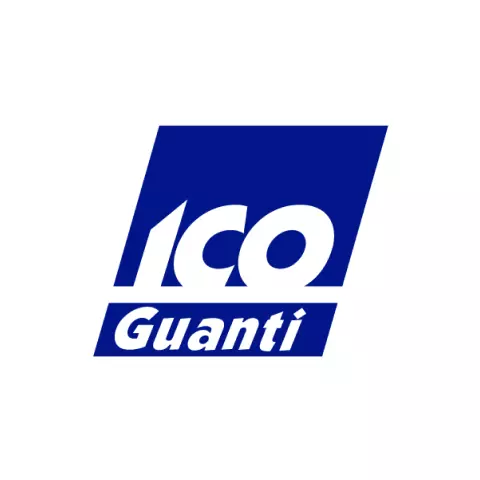PALMPRO 333 Chemical Safety Reusable Latex Glove
4.6 / 5
Product description
Reusable yellow-blue latex double immersion, plush, thickness 0.60 mm length 30 cm - DPIII Type A - Food contact
- Clean Room
- Food Service
- Water Resistance
- Slip Resistant
- Antimicrobial Protection
- Hand Protection
Standards and labels
Icoguanti delivery terms
Free delivery for all Icoguanti products
Prices excl. VAT
47,33 €
Price per 5 packages (50 pairs)
0,95 € / pair
Estimated delivery: Sep 9-11th
Minimum: 90 cartonsChoose quantity
S
M
L
XL
Add 90 to reach minimum
Free delivery
A carton contains 5 packages (50 pairs)
View packaging details
Need larger quantities?
Other products you may like
Recently viewed
Other products you may like
Similar products you may like
Autonomous sourcing platform
The most efficient way to source and order supplies for your operations
Sourcing
Find all possible options within Europe in one place
Tap into the purchasing power of 1000s of customers
Set Price Alerts for your products and volumes
Ordering
Single process to order for your suppliers
Centralize orders to reduce admin work
Easily coordinate orders with your team



